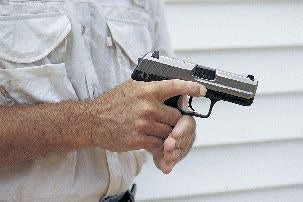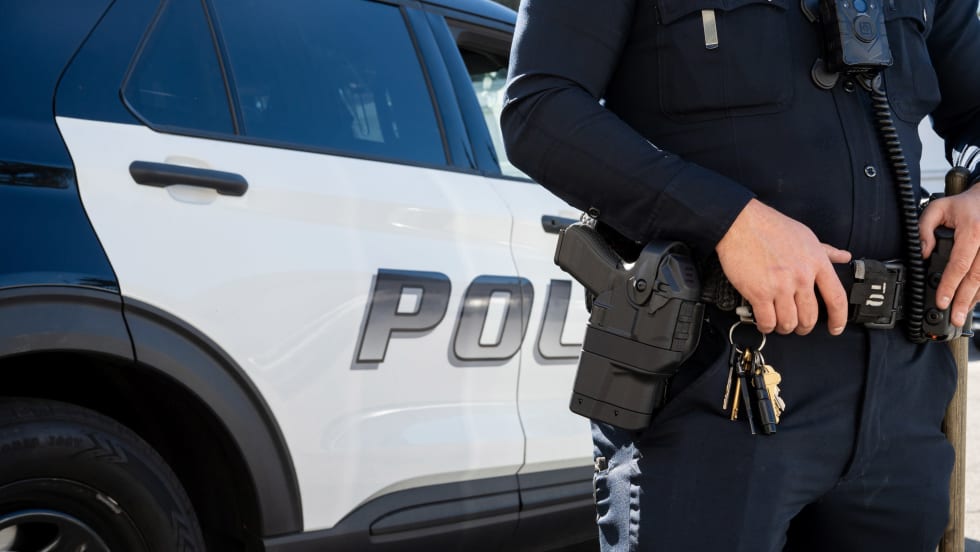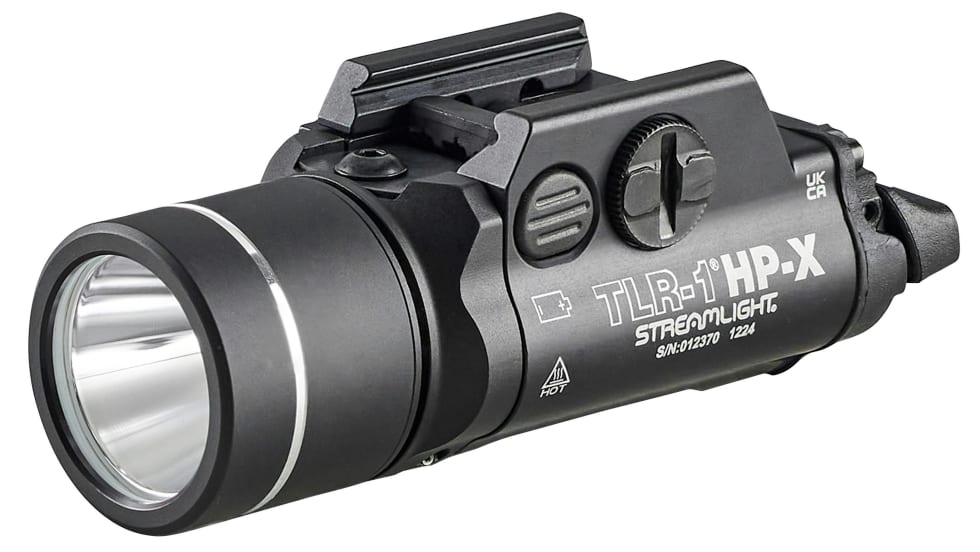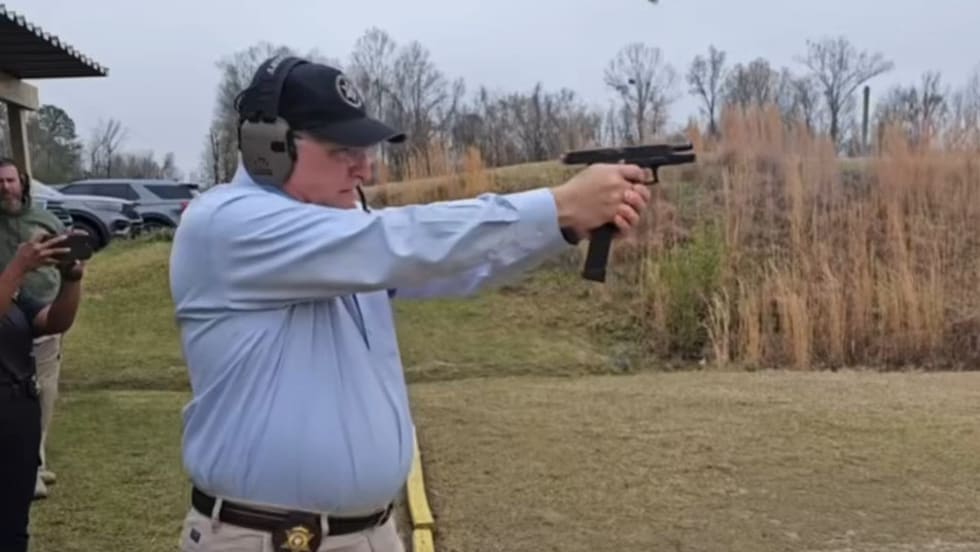A rapid draw is an important street skill, but only if you draw your sidearm the same way every time. Adjusting your shooting grip once your gun has left its holster will cost valuable seconds that you may not have. You want speed, but you also want consistency.
Over the years I have taught a system to achieve a consistent draw, whether it be from a duty- or concealment-style holster. This method requires the use of index points to learn, but with a little practice, it becomes very natural and reflexive.
And it's street-proven. This system has been taught to several thousand police officers and cadets with numerous gunfight survivors reporting back to me to praise its success.
If you already have a good draw stroke that is the same every time, great. Don't change it. But if you don't, or you are looking for a way to teach holster skills to other officers, this process may help you.
Finding the Index Point
Start with your gun in your shooting hand in the exact position that you want it to be when firing. Now, double-check your trigger finger reach, and take note of where your middle finger is located in relationship to the juncture of the grip and the trigger guard.
Index
Push your middle finger up into the trigger guard. This hurts a bit, but it stops hurting when you stop pushing.
After a few seconds, stop pushing, remove your hand from the gun, and look at your middle finger. There should be a red indentation on your finger that marks the contact with the trigger guard. Be sure to take note of the location of this mark, both mentally and physically, as it will become your primary index point.
This primary index point is very important, as it is the location that will guide your hand to a consistent shooting grip. If your hand can engage the grip at this location at the onset of your draw, you can rest assured that your grip will be correct before your hand ever wraps around the gun. This level of consistency is essential to a rapid and accurate draw.
Wrap
Once your middle finger is seated in the primary index point, wrap it and your two lower fingers around the grip to achieve a solid three-finger wrap. If a retention snap is located behind the grip, it should be released as the three fingers move into position.
To release the retention strap, move your thumb over the top of the gun in a sweeping motion along the way to achieving the grip. Releasing the thumb snap should never be a separate motion. Once the shooting grip is achieved, any movement of the gun required to release it from the holster, other than an upward draw, should be completed.
Draw
Draw the gun from its holster and bring it to the front of your body where your support hand joins the grip. If a shot is required, drive the gun straight to the target. If not, maintain a ready position.
When you first use this technique, the draw stroke may feel somewhat disjointed while you get the "feel" of where your hand should be on the gun. Don't worry about it. It has been my experience that the draw can be smoothed out considerably in as few as 50 repetitions.
The important thing is to draw your gun the same way every time. Also, try to perform the draw with as little shoulder and arm movement as possible. When your hand is traveling to the gun to obtain the initial index point, take your elbow as straight back as possible. This will restrict unnecessary shoulder action and will help you achieve a consistent draw stroke.
As you become more familiar with the "index-wrap" portion of the draw, your hand will actually engage the grip all at one time in a "C clamp" action, indexing, wrapping around the grip, and sweeping the thumb break all in one motion. And eventually, as you repeat this technique, the thumb break release will slow down your draw very little-only about one-quarter second-compared to your draw from an open top holster.
But regardless of the holster type you wear or whether your sidearm is concealed, your goal is to draw and fire an accurate shot in less than one-and-a-half seconds. The secret to such a fast and consistent draw is to grasp the gun and draw it the same way each and every time.
Dave Spaulding has taught officer training for more than 25 years and has written several books on the subject.










